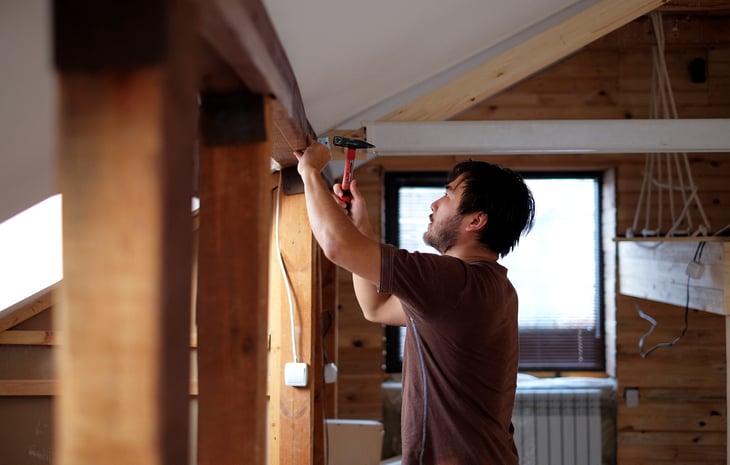
Editor's Note: This story originally appeared on Point2.
Many of us strive to own our dream home. And what better way to ensure you get precisely what you want than by building your own?
However, building a home isn’t quite as easy as buying a plot of land and putting up whatever structure you want. Strict building codes and regulations must be followed to ensure your new home is built safely and correctly. And then, there are many other aspects you need to consider, from budgeting to contractors and designs.
Indeed, the more you look into building a home, the more daunting it can seem. But, if you get it right, the results can be tremendous. In this guide, we’ll go through everything you need to know about building your own home.
Is Building a Home the Right Move for You?
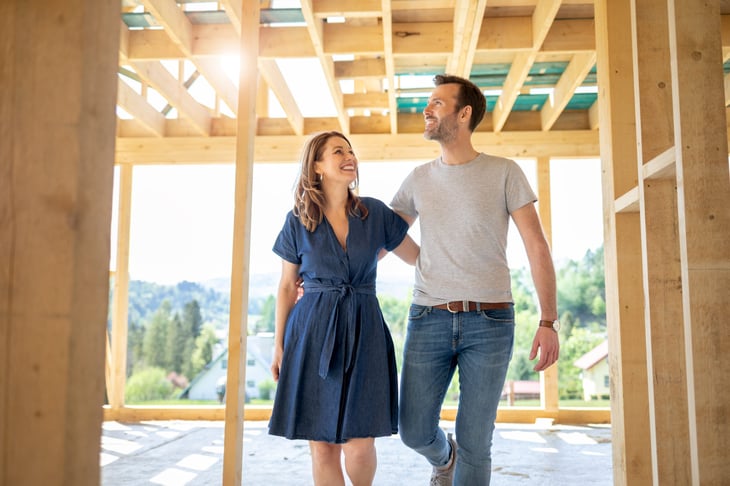
Before looking at how to build your own home, it’s essential to know exactly what the project entails. With a bit of knowledge, you can make sure it’s the right move for you.
1. Can You Afford It?

As with many real estate decisions, you first need to ask whether you can afford it. So, naturally, you’ll be wondering, “How much does it cost to build a home?” On paper, it might appear that building a house from scratch will inevitably work out cheaper than simply buying an existing one.
However, it’s important to remember that the costs involved in building your own home add up to more than just the price of materials and labor:
- Buying a plot of land
- Prepping the land (clearing vegetation and existing structures and leveling the ground)
- Soil tests
- Utility hookups
- Drawing up plans
- Obtaining permits
- Inspections
- Legal fees
- Living costs during construction
In Canada, you can expect to pay around $150 to $300 per square foot on average to build a new home, though there will be significant differences from province to province. In the U.S., the average total cost to build a home ranged from around $112,000 to $460,000 in 2022, plus the cost of the land and the prep work required.
But, to get an accurate estimate for your project, you need to speak to a professional and have a good idea of precisely what you want to build and where.
2. Do You Have the Time?

If you’re pressured for time, building a new home isn’t the best choice for you.
While the time it takes to build a house differs depending on the size and style, you can typically expect the actual construction to take at least one and a half to two years before your new house is completed.
Buying and prepping the land it will sit on will typically take at least six months as well, and when you factor in delays, it can easily take three years or more before the project sees completion.
So, if you’re on a deadline to move into a new home, buying a ready-made house is almost always better.
3. Are You Prepared for the Mental Toll?

Buying an existing home is stressful, but building one from scratch brings many more challenges.
If you’re thinking of beginning this journey with your life partner, there are countless ways in which the two of you may disagree on things along the way, putting a strain on even the most robust relationships.
When you also add in rejected plans and permits, construction delays, and the potential for mounting unexpected costs, the mental strain can really take a toll.
A lot of stress can be alleviated by working alongside experienced and reputable professionals, but that in itself can be a source of stress if you’re not careful.
Hiring bad contractors can cause more problems than solutions, so it’s essential to do your research! And, even with the best team by your side, things might not always go to plan.
4. Choosing the Right Location Is Important

Your location will directly impact your budget, timescale, and the exact work that needs to be carried out.
For example, you’ll typically find land cheaper in more isolated rural areas, but you’ll often have added costs and construction delays if there’s no infrastructure in place.
Meanwhile, choosing land in an established neighborhood and building on it will generally alleviate these issues, but comes with its own potential problems. Let’s take a closer look.
Vacant Lot vs. Teardown
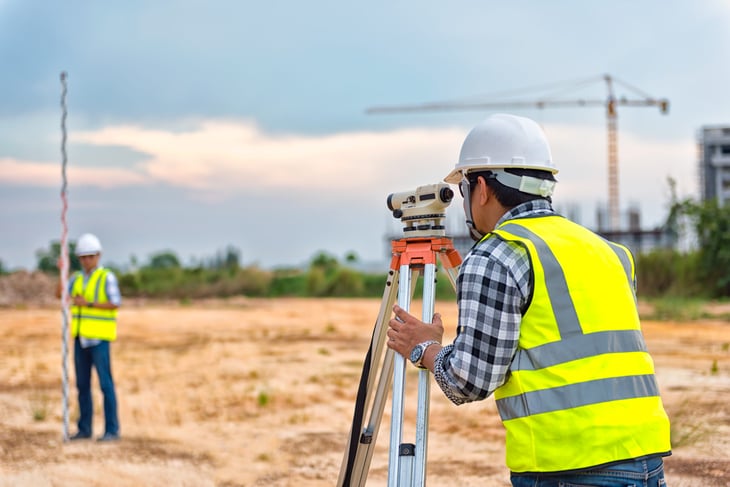
There’s more to choosing a location than just where the physical plot is located, and when it comes to selecting the best choice for building your new home, you have two major options.
The first and most common is buying a vacant lot, i.e., a plot of land completely free of existing structures. Usually, you’ll find such lots in rural areas, but they also exist in new developments, suburbs, and sometimes even inner city areas.
The second option is to buy an existing home with the aim of tearing it down and starting from scratch.
This option generally makes it much easier to build your own home in an established neighborhood or an urban area, but it does come with its own set of challenges.
So which is the right move for you?
Vacant Lot vs. Teardown Considerations
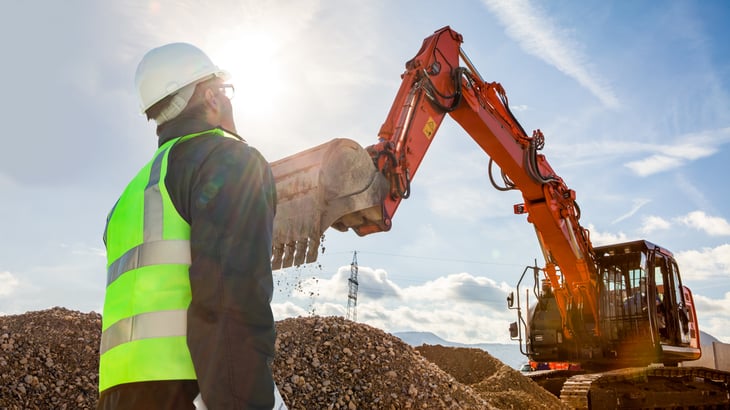
Here are some things to consider before you make your choice:
- Utilities: Vacant lots, particularly those in rural areas, might not always have easy access to essential utilities. In this case, you’ll likely have to prioritize installing a septic system, digging a well, and providing utility hookups, which can be time-consuming and expensive. Meanwhile, a teardown will almost always have the utilities already in place.
- Location: If you want to build your new home in the heart of town, you’ll struggle to find a vacant lot, so a teardown may be your only option. Meanwhile, in rural areas, you’ll often be spoiled for choice.
- Cost: Both options have their costs, but on the whole, it’s generally more expensive to tear down an existing home than to purchase a vacant lot and get it ready for building. The costs involved in tearing down an existing home include demolition (typically between $8,000 and $15,000), utility cut-off fees, clear-up costs, safety inspections, and additional permits. On a vacant lot, you’ll pay to have utilities installed, as well as soil tests and right-of-way easement fees, among others.
- Local zoning laws and regulations: This is a big one to pay attention to, and you shouldn’t purchase any land without having a comprehensive understanding of the local codes and zoning regulations. Zoning laws basically tell you what you can or can’t do on the land. With a vacant lot, you’ll need to check the land-use laws thoroughly to ensure you can build a house on it. With a teardown, it’s almost certain that you’ll be able to build since there was a house there previously. However, many neighborhoods are also subject to land-use laws that may require you to build a home that matches the neighborhood’s character, for example.
- Potential complications: There are a lot of potential problems that can slow down construction on your new home and create extra costs. Some of the most common for teardowns include discovering toxic materials and damage caused to utility lines. When it comes to vacant lots, you may have access or soil suitability issues.
What Are Your Responsibilities When Building Your Home?

Before making any decisions, it’s also important to understand your responsibilities when you build a home.
Permits

When you work with a general contractor, they will typically take care of obtaining the necessary permits for you. However, as the homeowner, the final responsibility falls at your feet.
As such, it’s essential to ensure all the permits are up-to-date and correctly displayed. Any mistakes can lead to a fine that will be down to you to pay.
Never be tempted to skip obtaining the required building permits to save time and money. It’s simply not worth it.
Not only do building permits ensure the work is carried out safely and to code, but failure to obtain them can void your insurance further down the line if something goes wrong.
What You Need To Know About Building Permits

You know you need building permits, but what exactly are they? In a nutshell, a building permit is an approval granted to you by local government agencies that enable you to build a new home or structure or make changes to an existing one.
You, or your general contractor, must submit a permit application before any work begins. When considering the application, the relevant agency will consider several factors, such as whether your plans adhere to the correct building codes, zoning ordinances, and local regulations.
You’ll need to apply for a building permit if you plan to build a new house or demolish an existing one.
They’re also required for other smaller jobs, such as re-roofing a home, certain conversions (such as an attic or garage space into living areas), installing or replacing electrical and plumbing services, as well as HVAC systems, and several others.
You typically won’t need a building permit for remodeling unless the work requires changes to structural walls.
How To Apply for a Building Permit Yourself

It’s easier to let your general contractor take care of applying for building permits since they’ve almost certainly done it many times before. However, if you’re managing the project yourself, here are the key steps you need to take:
- Get in touch with your local building department to find out if your project will require a permit; you’ll need to supply them with plans as to what you want to do.
- If you do need a permit, you’ll be given a permit application to fill out. Your building department can generally assist if you’re struggling with the form.
- Submit the completed application, along with any required fees.
- If successful, you’ll receive your permit within a few weeks. The larger the project, the longer it can take to process.
- Display your permit on the site you’re working on.
- Organize the relevant inspections with local authorities, enabling them to verify that you’re working following the plans you submitted. In some places, you’ll need to organize two inspections: one during the work and one once construction is complete.
Know the Local Regulations and Laws

As well as the national building codes, different states, provinces and municipalities are subject to local regulations.
Like permits, it’s your responsibility to keep on top of these, although a good general contractor can help considerably. However, if you’re managing the build yourself, the responsibility is on your shoulders.
Local regulations typically relate to local issues. For example, hurricane or flood-prone areas generally have stricter laws than regions where these things aren’t common.
Is It Worth Managing the Project Yourself?

You can save a lot of money by not hiring a general contractor to manage the project, but what you save financially will need to be paid back with a lot of hard work on your part. Indeed, don’t enter this role lightly, as it can soon become a full-time job.
If you go down this road, here are just some of your responsibilities:
- Hire and organize subcontractors to carry out the work you can’t do yourself.
- Manage the workers to ensure that everything flows smoothly to minimize delays.
- Obtain permits and ensure they’re up-to-date and correctly displayed.
- Adhere to local regulations.
- Arrange inspections.
- Liaise with other third parties, such as the architect and legal professionals.
Staying on Top of Everything When Building Your Home

Now that you know what your responsibilities are, here are some tips to ensure your new home is built safely, correctly, on time, and on budget.
Plan Ahead

Go into this project with a long-term view in mind. It certainly should never be rushed, so spend plenty of time creating a solid plan. Thoroughly research the professionals you want to work with, such as architects, general contractors and designers, and take time to build a team you’re comfortable with.
With a team assembled, spend time creating a clear and precise plan from which to work and try to avoid making any last-minute changes, which can cause delays and create additional costs.
Don’t wait until the construction has started to decide on things like cabinets and furniture; make your choice early to ensure the layout is the best fit for the finishing touches. This way, you can also ensure your new home will be spacious enough and will flow perfectly.
The more decisions you make in advance, the less stress there will be when construction is underway. So, settle on your needs and wants early on and avoid those rushed, last-minute decisions that can lead to regrets, delays and extra costs.
Make a Build Binder

This physical binder will become your bible during the planning and construction of your new home. It’s basically a store of everything related to your building project, separated by tabs to ensure everything is easy to find.
Use it to store contact details, material codes, product prices, plans, etc. A digital copy is also handy, while the physical copy can be left on-site for workers to reference.
Keep on Top of the Paperwork

The paperwork will soon mount up during construction, so be sure to keep invoices, permits, and all your other important documents safe and secure.
Create a separate binder for these documents, carefully organized into sensible categories so you can easily find whatever you need when you need it. For peace of mind, it’s also worth creating a digital backup.
6 Essential Steps To Building Your Own Home
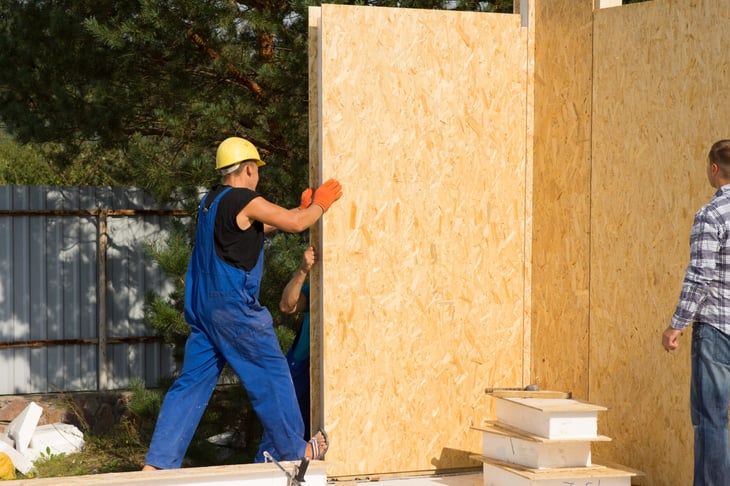
If you’ve read so far, you already know how much thought you need to put into building a home and can make an informed decision as to whether you want to go that route. If you feel it’s the right move, the next thing you need to know is how to make it happen.
The following are the various steps you need to take to build your own house.
1. Create a Budget

Once you’re happy that building your home is the right choice, you must create a watertight budget for your project. To do that, you’ll need to know precisely what you want from your new home. Think about the following:
- Location: Where you build can have a significant impact on your budget. From the cost of the land to the prep work required, it all needs to be taken into account.
- Layout and size: How many bedrooms and bathrooms do you want? Will you go for an open-plan living and kitchen area or a more traditional layout? What kind of square footage are you looking for?
- Materials and style: Red brick or wood, modern or rustic? The materials you choose will significantly impact your budget, as will the complexity of the design. For example, if you want a thatched roof, you’ll need to hire specialists, which will cost far more than a typical roof.
- Finishing touches: From appliances to door handles, it’s good to plan ahead. These finishing touches will typically take the largest slice out of your budget, so it’s good to know what you want early on.
When you’ve decided on these elements, it’s easier to create an accurate budget. However, for best results, work with a professional to get a more solid figure.
Once you’ve summed everything up and arrived at a reasonably accurate budget, be sure to add an additional 10% to 15% to account for delays and hidden costs.
2. Find a Good General Contractor

If you’ve read the first part of this guide, you already heard a lot about general contractors. But what is a general contractor, and what does a general contractor do? In a nutshell, a general contractor will manage the entire construction aspect of your project for you.
They will ensure the plans are viable, obtain the relevant permits, and assemble a team of subcontractors to carry out everything from digging the foundation to installing the kitchen. They’ll also manage the workflow to prevent delays and ensure smooth running throughout the process.
A good general contractor is invaluable and can make or break your project. You don’t have to work with one, but they’ll make the job much easier and less stressful.
Before hiring anyone, it’s a good idea to interview several candidates to see who fits you best. It might take time, but at least you know you’ve made the right choice.
What To Look For in a General Contractor
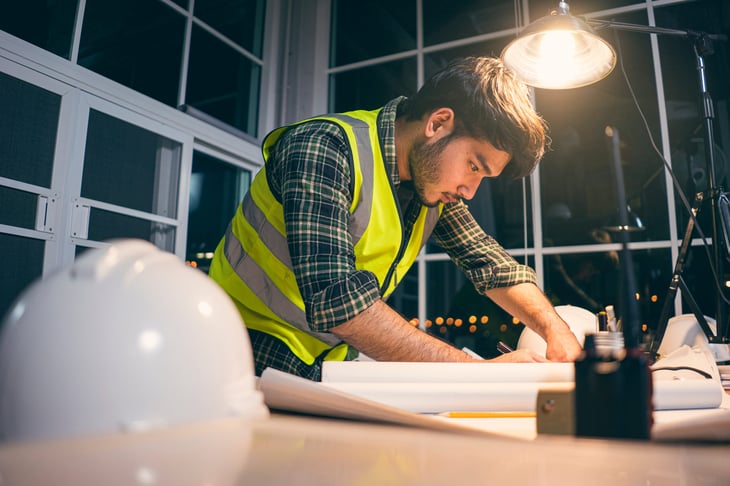
Finding a good general contractor isn’t always easy, but it’s well worth making an effort to get it right. After all, they will be working side by side with you throughout the project.
As such, you need someone who is not only good at their job but is also someone you’re comfortable working with.
With that in mind, here are a few things that all good general contractors have in common.
Great Communication
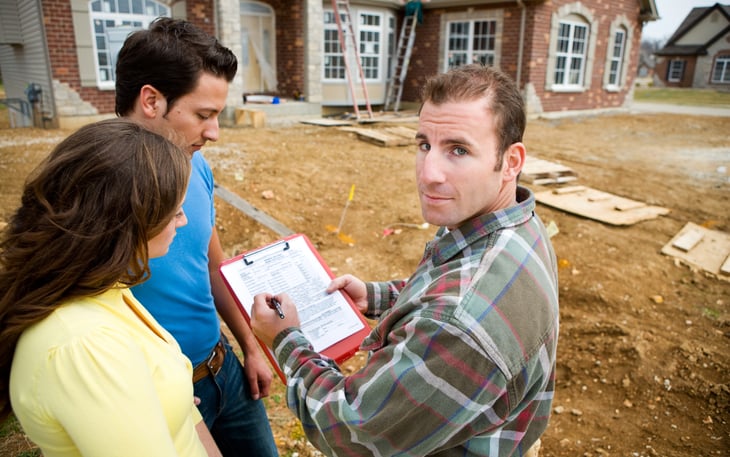
You should feel comfortable with your general contractor in order to bounce ideas off them and receive the feedback you need. The best contractors will be happy to discuss the details, ensuring that nothing gets missed, no matter how small or irrelevant it seems.
When it comes to problems, it’s essential that you can bring these up with your contractor to have them rectified on time.
Depending on your needs, a good general contractor should also be adaptable. For example, if you need regular updates, they should gladly keep you informed.
Good Listener
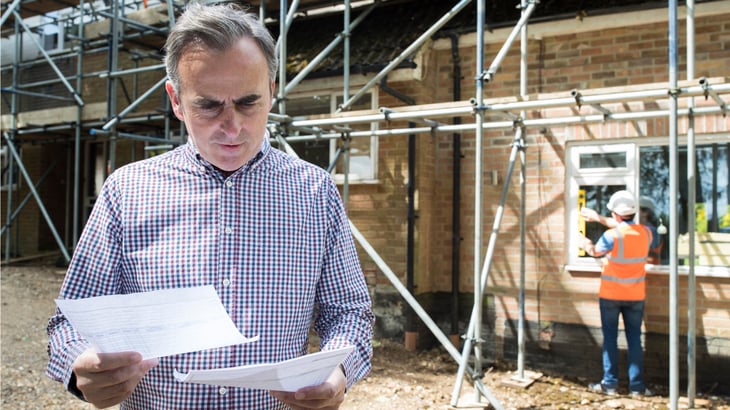
All good communication requires the ability to listen, so it’s essential that any general contractor you’re considering actively listens while discussing your project.
They should be taking in all the information and asking plenty of questions to ensure you’re both on the same page.
Experienced

The best general contractors will have experience in several fields to effectively plan the workflow, avoid delays, and keep to the budget. They should also be flexible enough to react to unexpected problems and delays.
If your project requires specific skills, finding a general contractor with experience in the relevant fields is important.
For example, if you’re planning to build a passive house or one built from shipping containers, you’d benefit massively from finding a general contractor who has experience with similar projects.
Honest
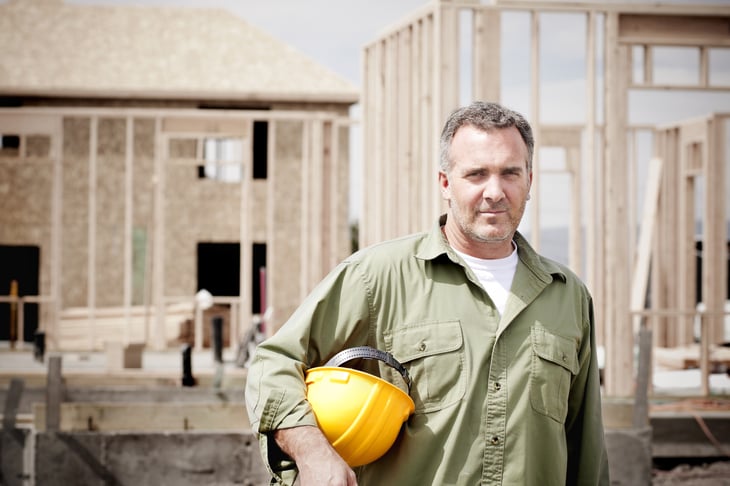
An excellent general contractor won’t take on too much work and then cut corners on your project to finish everything on time. They will value getting the job done to the agreed standard rather than increasing their profit margin by purchasing inferior materials than discussed.
An honest contractor will sit down with you and discuss the materials and prices before placing any orders. They’ll provide invoices along the way to prove their costs and create a payment schedule that you agree on in advance.
During your interviews, be sure to find out whether they plan to work in this way or not.
Reputable

Do your homework here and look at online reviews and photos of previous projects during your initial search. When you find a general contractor that feels like a good fit, be sure to get references from previous clients and, if possible, visit the site to look at the work carried out.
A good general contractor will have no qualms about providing references, so it might be best to walk away if yours isn’t.
Tip: Before construction begins, visit your plot with the general contractor. This allows them to get familiar with the site before the build and identify any potential issues before they become major problems.
3. Know How To Finance Building Your Own Home

Building your own home may seem marginally cheaper than buying an existing one, but many people will still struggle given the payments. As such, it’s helpful to know which home-building loans you might benefit from during your project. In the U.S., several options will cover the cost of purchasing the land, materials, labor and permits:
- Construction-only loan: A short-term, typically one-year, loan that covers only the construction period. They’re difficult to qualify for and often have high interest rates due to the risks involved for the lender.
- Construction-to-permanent loan: Similar to the previous option, but the loan converts into a typical mortgage at the end of the construction phase. Again, they tend to feature higher interest rates than traditional loans, and during the construction phase, you’ll make interest-only payments.
- Owner-builder loan: Designed for homeowners not hiring a general contractor and planning to manage the build themselves. Borrowers must prove they have the qualifications and experience required to oversee the construction of their new home.
You can also find building loans in Canada. Also called draw mortgages, they typically provide you with 80% of the finished home’s value, which can be used to pay for labor and materials. The loan is paid out proportionately to the construction costs, so the contractor isn’t given the full amount at once.
Typically, borrowers only pay interest for the first 18 months or until the home is completed. Once the construction is finished, the remaining loan amount is converted into a regular mortgage.
Before applying for a loan, it’s best to hire a general contractor and architect, as you’ll often need to provide the lender with detailed plans and estimates.
4. Find the Right Plot of Land

If you don’t already own the land you wish to build on, you’ll need to find a plot. Nowadays, many online services list vacant plots around the country, making it easier than ever to find land. Alternatively, you can approach your local council, who can also provide a list of vacant lots.
Whichever way you use to find your plot of land, it’s essential you check the zoning regulations and land-use laws to make sure you can build on it.
Before construction starts, you’ll also need to carry out a soil test. In fact, it’s useful to do this before you even purchase the land, as some soil types are not suitable for building on at all.
You’ll need a qualified engineer to come and carry out two tests. The first examines how your soil reacts when compacted, and the second is a percolation, or perc, test. A perc test looks at how the soil absorbs and distributes water.
Both are extremely important, and failure to carry them out can see your new home sinking after heavy rainfall, among other things. By conducting soil tests, you can make the best decisions regarding materials and construction methods that will work with your soil to create a solid structure.
Once you’ve secured a plot of land, it’s well worth conducting a professional survey. This gives you an up-to-date idea of the boundary lines, which is essential before you start construction to ensure you’ll be building to code.
5. Have Your Utilities Hooked Up
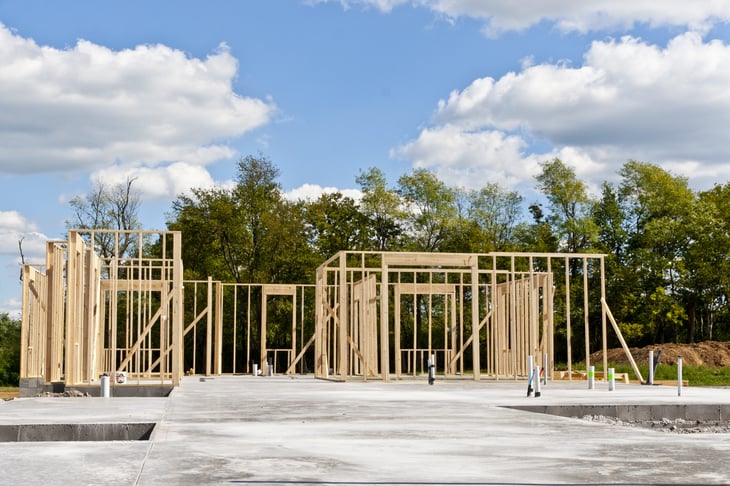
Before shovels hit the ground, check for underground utilities like pipes and cables. Failure to check can have disastrous consequences if you snag a water main, gas pipe or electrical cable.
In both Canada and the U.S., you can call 811 to contact your local survey service.
Then, before the foundations are laid, you’ll need to ensure all utilities are hooked up and ready to go.
On undeveloped plots, this will often require utilities to be brought to your land, such as gas, electricity and mains water. It can take some time, so it should be arranged before construction begins.
6. Understand How a Builders Warranty Works
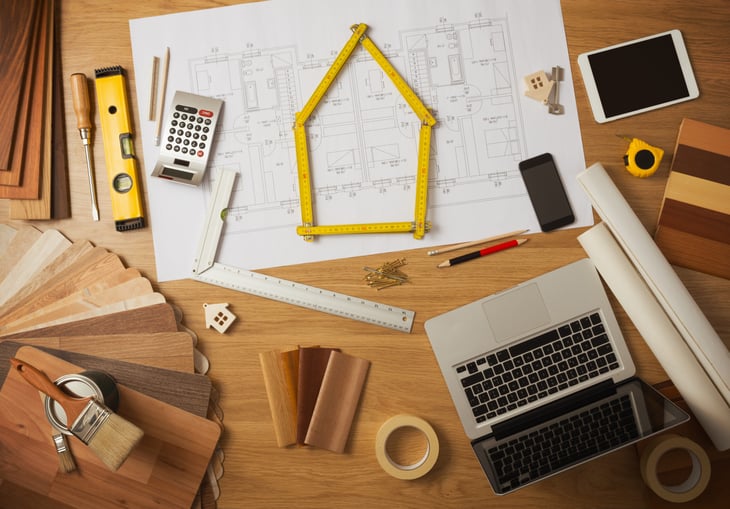
Before you move in, be sure to get familiar with the builders warranty.
A builders warranty is often compared with home insurance, and while the two are similar, they also differ considerably.
Home insurance protects your home and belongings from things like fires and natural disasters.
Meanwhile, a builders warranty protects your home from defects in the construction of the home itself, including plumbing and electrical faults, as well as structural issues.
How Long Does a Builders Warranty Last, and Do I Need One?

Generally, a typical builders warranty will cover your home for eight to 10 years. However, in some cases, obtaining a more extended warranty is possible.
It mostly depends on the contractor and how long they’re willing to cover issues pertaining to your home.
All good general contractors will offer a builders warranty as standard and be open to negotiation regarding precisely what is covered and for how long.
However, not all contractors are the same, and some will try to get away with not offering it. Such contractors should be avoided at all costs.
Not only does a lack of warranty display a lack of faith in the longevity of their work, but it can also prevent you from obtaining homeowners insurance or void any future claims.
What Exactly Does a Builders Warranty Cover?
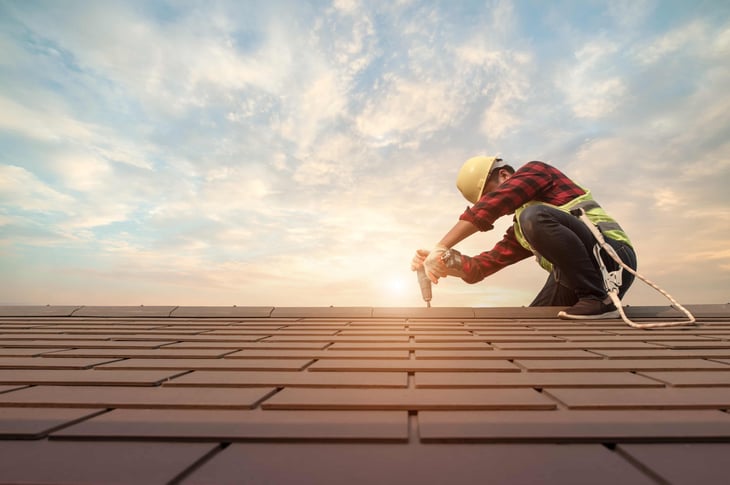
While each warranty is unique to your home, they tend to follow the same basic structure and are typically split into two sections. The first is sometimes known as a “latent defects warranty” and typically covers the following:
- Plumbing systems
- Electrical systems
- HVAC systems
- Windows and doors
- Exterior sidings
- Roof shingles
- Waterproofing
- Insulation
Coverage typically lasts for a year or two on this section of the warranty, allowing time for undetected issues with materials or workmanship to show up.
The second section of a builders warranty covers the larger structural issues a new home may suffer from. This can include issues with the foundations, supporting walls, and the roof, and normally offers protection for up to ten years.
A builders warranty doesn’t usually cover appliances, general wear and tear, and hairline cracks in the wall or ceiling.
Making the Most of a Builders Warranty
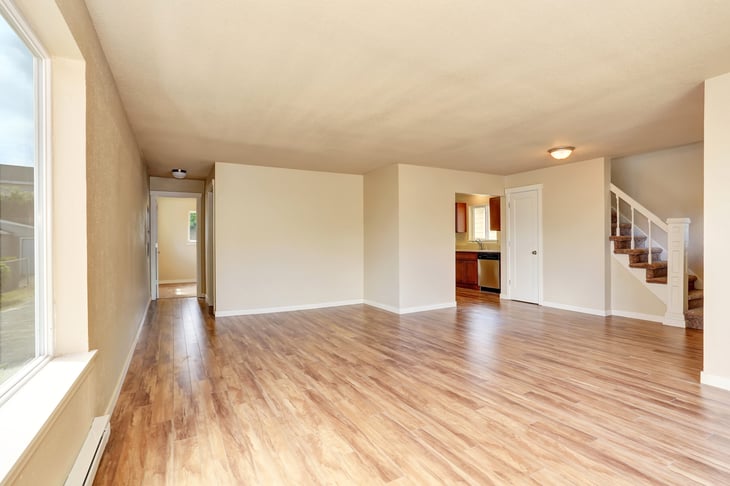
Before you move into your new home, you’ll typically have a walk-through inspection with your builder. At this point, make a note of every defect you come across and create a snag list.
Discuss each point with your contractor and agree on the action that will be taken to rectify the issues. Get everything in writing, and take photos to back any potential future claims further. If you’re uncomfortable doing this yourself, you can arrange a home inspection or a snag specialist.
Next, be sure to read through the warranty thoroughly to see what is covered and for how long, as well as how to make a claim. If there’s anything you’re not sure about or unhappy with, contact your contractor to discuss it.
Keep an eye on expiry dates, and arrange a home inspection a few months before to ensure any potential issues can be fixed before the warranty ends.
If you do need to make a claim, be sure to get everything down in writing. If there are any disputes, it helps to have records of all previous communication.
With all this information, you should know everything about building your own home from scratch. Now, all that’s left to do is to transform those plans into reality!







Add a Comment
Our Policy: We welcome relevant and respectful comments in order to foster healthy and informative discussions. All other comments may be removed. Comments with links are automatically held for moderation.